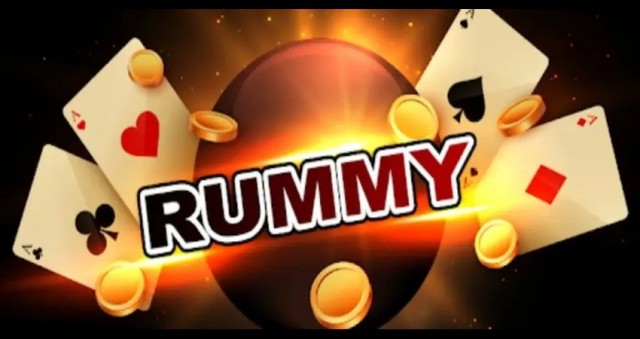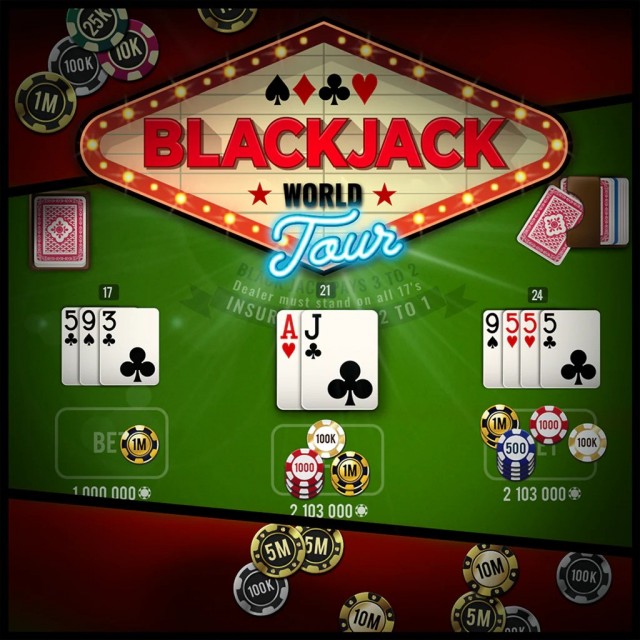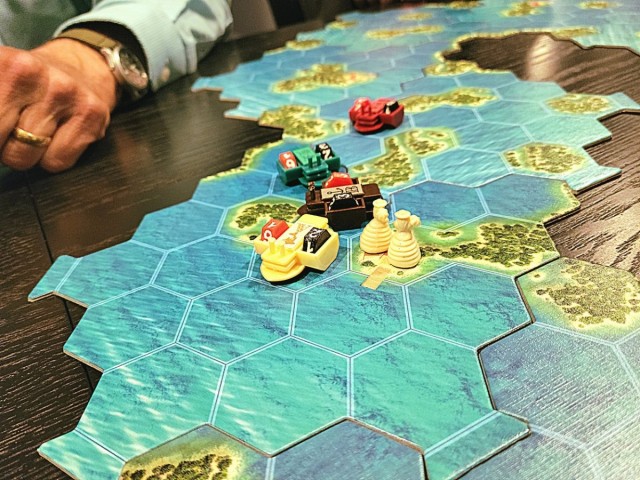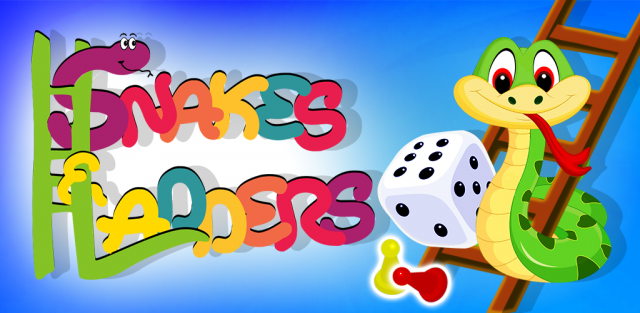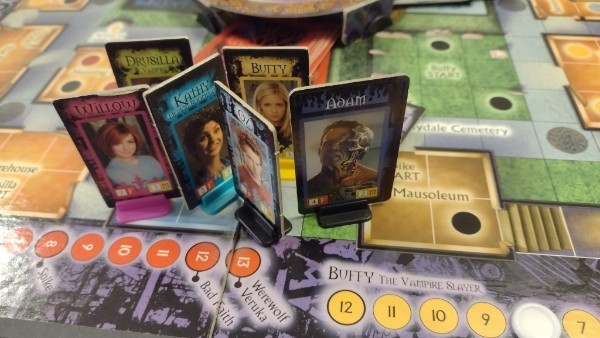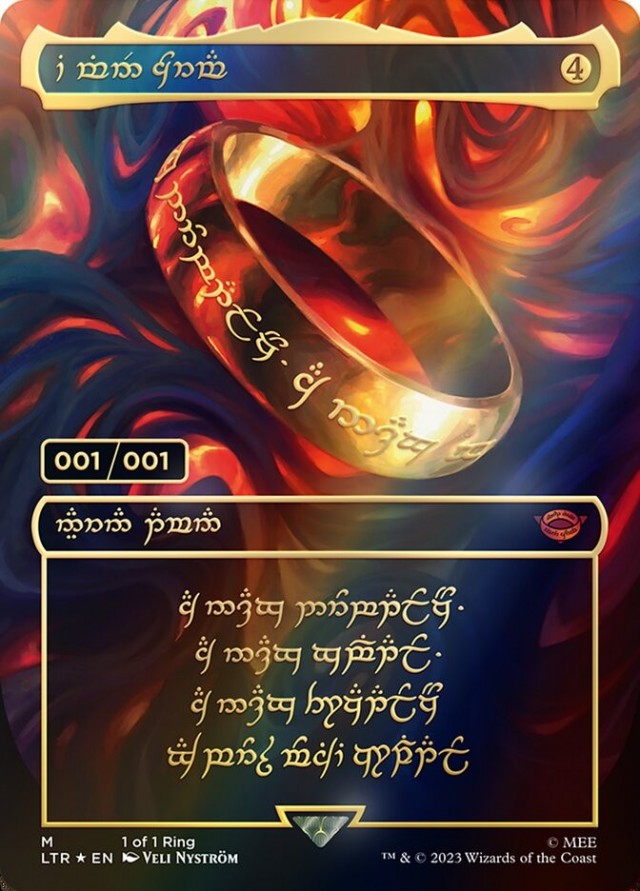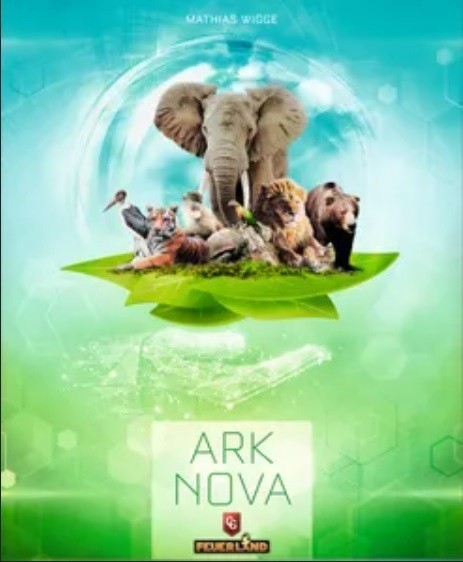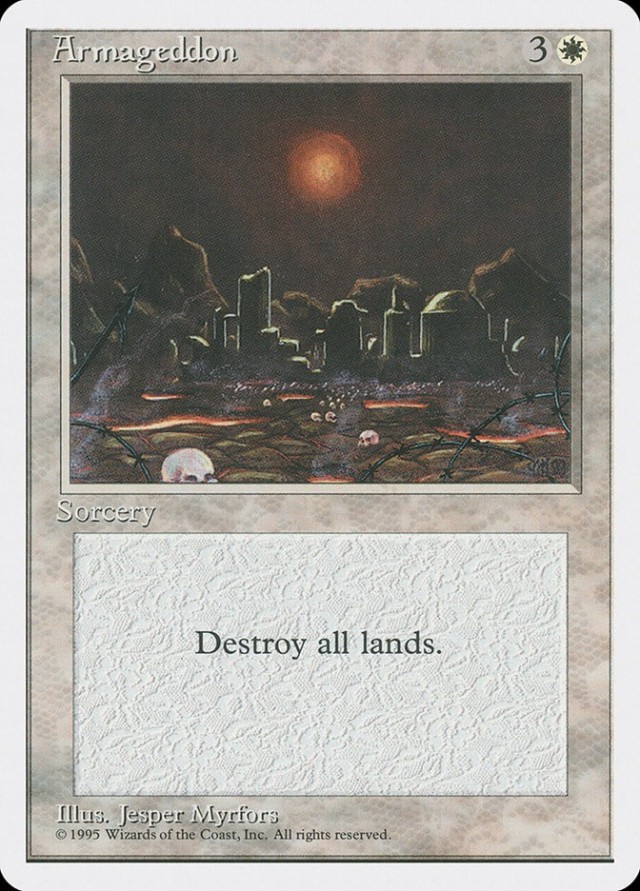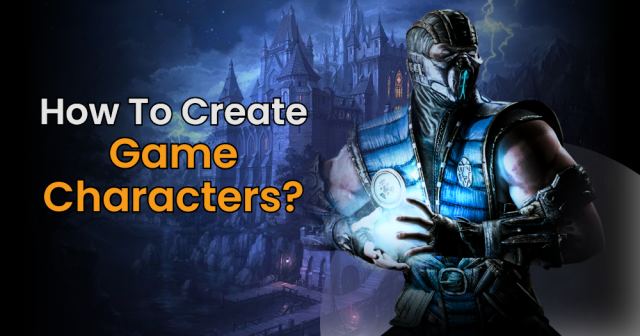My defeat against the Daughters of Khaine was decidedly not a situation where I found myself with a newfound challenge and a rising determination to face it down. No, once I heard there was going to be a tournament, perversity guided my hand. I understood instinctively that this was something I was not going to win, and I wanted to know what that was going to feel like.
I bought a couple more pieces to flesh out my Nighthaunt army and signed up for a message board particular to the tournament. I was just putting the finishing touches on my new Dreadblade Harrows when the message board started dinging with pitched irregularity. “So,” asked the organizer, “who here isn’t playing Nighthaunt?” Nighthaunt was a recent, hot army, and the locus of a recent boxed set which made them economically sound to collect. They’re also very easy to paint. It turns out that roughly half of those who signed up for the tournament were bringing Nighthaunt models. I very quickly elected to bring Nurgle, the aforementioned army of blighted chaos. This decision was met with no special enthusiasm.
I set aside my Harrows and began an inventory of my models. I had many Nurgles and Nurglings from a burst of enthusiasm for the line a summer before. I owned a collection of Plaguebearers from the days when they had 25mm bases mixed with a collection of Plaguebearers when their basses switched to 32mm. I had a few rotund Putrid Blightkings, some of which had bells secured within the cavernous walls of their hollowed-out stomachs. I had a Rotigus Rainfather, painted in a sickening swathe of greenish white, a natural general for my army. I owned a Horticulous Slimux, an individual leader among Plaguebearers, chewing on an old nail and riding a massive snail into battle. I easily threw together 2000 points.
My next order of business was to Google search “how do you win at Warhammer Age of Sigmar?” The resulting cascade was perfectly in keeping with internet culture.
Natalie Wynn, a YouTube celebrity otherwise known as ContraPoints, first made me aware of a slur on the internet known as the “Hon.” In her best-known video, a devastatingly honest and smart take on the subject of incels , she takes a cognitive shift three quarters of the way through, revealing in intimate detail her surgical and chemical transition from man to woman. She describes a world unknown to me, but strangely familiar, a “painful, awkward, humiliating” online universe in which transitioning women upload pictures of themselves in order to be judged by their transitioning peers, the cruelest of whom berate them for their “mannish head size” and “pronounced bone structure”. “Both groups upload selfies, knowing they’ll get brutal, unconstructive feedback,” she says, “and both groups have a weird vocabulary with which to express their anxiety.” The “Hon,” as described above, should be seen within the mean maternalism embedded in the phrase “Hon, you’ll never pass.” It incorporates the special sort of passive aggressiveness universal nearly all online relationships, but especially among the young.
In pockets of the internet I’ve searched where the stakes are much lower, and where the valences are murkier, than those described above--on the official Warhammer forums, on Reddit and 4Chan (of course) and on places like DakkaDakka--one can witness young men “hon” one another over their armies. New players with a legitimate urge to learn an unlearnable game asking urgently for a quick assessment of the competitiveness of their armies, inexperienced painters hoping to learn new techniques; each individual is met by two or four people with the transplanted souls of dying middle-aged Burger King managers, ready to tell them what exactly is wrong with them while offering an almost artful lack of anything approaching constructive criticism. Neither are they cruel, which would require the barest hint of wit. No they’re just technical in the way that all robots, good or bad, are technically robots. They would never call one another hon. Most frequently, the begin their posts with that most mirthless and autocratic of interjections: “lol”. They lol each other. As in “lol I think you need mortar teams in multiples 2 wont do any significant damage I tend to run them at maximum in teams of two and I also think this list will struggle against flyers and if someone can deepstrike into your back line they’ll tear you apart” etc etc. The cruelty is not in the language, which might as well be pictographic, but in that each suggestion casually deletes half a week’s pay worth of units and models from a minimum wage salary, and just as casually inserts a week and a half’s pay to get the army up to snuff, at which point there’s no guarantee that some other problem within the “meta” might arise.
Nevertheless, I found a few tips worth retaining. Someone had discovered a very nice way of covering gaps in bases using potato chip wrappers. Another person pointed out that armies were much easier to run if you didn’t field everything in the line. Still another, assisting a young lad who, being new to the game, found himself unable to keep all the Hero Phase powers in order. The elder of the two pointed out that he liked to bring a script with him, detailing all of the important powers that arose within each phase of play. This, I thought, was a brilliant idea.
Writing up my own script took the better part of two hours, and required three books to hand, laid flat on their open fronts. I needed to secure Start of Round abilities, Start of Hero Phase abilities, Command Abilities, Wizard Spells, Faction Artifacts. I needed to know about Contagion Points, how I could earn them and what I could buy with them (within my list there was a shopping list). I needed to know what I could do in my Movement and Charge Phases. The Nurgle list of Battle Phase abilities was stupendous. They had several neat tricks in the Battleshock Phase, including one which allowed several new Plaguebearers to enter the board with a fortuitous blink of the dice, a rolled one.
My intention was to fit as many important rules on a sheet of paper as possible. I kept reducing the font smaller and smaller, and finally gave up at 8pt font. It still didn’t fit on a single page.
--
Once again into the breach. The Daughters of Kaine were now swollen to 2000 points and dragging with them Morathi, their queen, a powerful sorceress capable of transforming from a human woman with a 40mm base to a massive, writhing, winged naga of 100 millimeters’ width. (Some amount of time was spent in an explanation of what kind of movement could or could not be gained by such a transformation, information that would have sounded like so much nonsense to me a week before, but which now sounded like a recipe for slipping out of combat, the loss of one of my turns. I kept my mouth shut).
I arrived early and started setting up the board. My opponent arrived on time and decided we needed a little more terrain. Okay, terrain. When Age of Sigmar first started in 2015 as a means of (in the parlance of publicly traded companies) “reinvigorating” the Warhammer Fantasy line, it started with an attitude that rules were an embarrassment. To be fair, by 2015 Games Workshop rules were an embarrassment, a morass of thirty year’s work, an intimidating palimpsest of fan service and patchwork resembling nothing so much as the tax code for shuffling around offshore accounts. I never played it for this reason (and, as mentioned, for the reason of my impecuniosity relative to owning an army of Fantasy Men I Didn’t Need). This reboot had problems, including “fun” rules like “you can re-roll any failed hit rolls when attacking with the Runefang so long as you have a bigger and more impressive moustache than your opponent.” Since then, the rules have been not so much improved as given two or three palimpsest layers. Nevertheless, the non-rule for placing terrain is unchanged from 2015—"place 5-10 pieces.” Owning a melee-centric army, my opponent did what he’d be naturally inclined to do. He dropped a few large 2 x 2 buildings on the battlesite. Having done this, of course, we rolled for the special effects of each terrain piece and, for my part, I preceded to completely ignore them.
He’d had a week to paint at least part of his army, but hadn’t. Still grey plastic, just more of it. I wasn’t sure how he was going to meet the three-color standard in time for the game.
We faced off the long way down a 6’ by 4’ space, with three valuable artifacts evenly spaced in the center of the board. Our Realm was Ghyran, the Realm of Life, which rolled up as an ability to better succeed at Battleshock tests. We rolled for all the terrain, and I rolled for the first set up. Both seemed roughly equal, so I chose the space with more room for my body. I had a number of different units, while my opponent brought just a few numerous single units, including 30 Witch Aelves; as he finished setting up his models first, the first turn went to him. He whipped up all of his spells and abilities from memory, and I recognized, in this go around, that he was able to do so much during his Hero Phase because he had underpowered his team by 50 points, allowing him an extra “command point” at the start of each round. There was no fighting in this first turn—it was all about positioning--and he was able, with some effort, to get to all three objectives, netting him a whopping five points right away, and a good defensive position.
I checked my list. It did almost nothing to help me get organized. I tried to cast a few spells, but Morathi was very good at canceling them. Next, my Nurgle soldiers lumbered into position. I brought a unit of Nurglings, mounds of the happy, scampering child-daemons I’d mentioned earlier, and was happy to note their ability to enter the board anywhere within a piece of terrain at the end of their movement phase. Nothing about my army seemed to vex my opponent so much as this one weak “deep strike” unit, and so he kept a small unit of Witch Elves in his back line, strung like Christmas lights in order to evoke the rule that says that units introduced to the board must enter 9” away from enemy units.
Only my rank-and-file unit of 20 Plaguebearers were able to charge to meet his unit of 30 Witch Aelves in the center. Plaguebearers have a natural extra save called “Disgustingly Resilient,” and are well-known for being a survivable army. “I’m glad these aren’t your Putrid Blightkings,” said my opponent. “They could have done some significant damage.” I noted that. As I moved my Plaguebearers in the Combat Phase, my opponent snapped to attention, noting the inability of my 32mm bases to “pile in” during the combat phase, and mentioning each instance in which they were getting in one another’s way, or were breaking the 3” rule for piling in. Consequently, due to terrain and profile limitations, I was only able to get 7 of my troops in front, and rolled 7 dice for them, which did not make a dent in the Witch Aelves’ line. Next, my opponent “piled in” with his 25mm bases, somehow able to get a substantial quorum within hitting range. He expressed disappointment at not getting all of his assassins in; he wouldn’t be able to roll his entire compliment of 90 dice, and was limited to a mere 78.
Here we pause to note the bizarre physics of a melee exchange in the world of Sigmar. Minutest attention must be paid by the attacker to get within a half-inch of a defender, at which point any number of ranges may be evoked by a melee weapon, from 1-6 inches away, but only after the half-inch rule is recognized. You may only attack with as many models as are within range so long as one model, representing the unit as a whole, is within a half-inch. The defending models, once attacked, are attacked as a whole, and casualties may be taken from anywhere in the unit, even from the back ranks. If you have become confused by what is a model and what is a unit, don’t worry, that’s common, and only really confusing at first, or when a single model constitutes an entire unit, or when offenders up front begin magically plucking models from the back lines in a lazy simulacra of abstraction.
If I wanted, there’s nothing in the rules (as far as I can tell) that says I couldn’t force each attack to happen one at a time instead of simultaneously, in each instance plucking a front row soldier away and leaving a back row soldier out of reach, until such time as there were no longer attacks to be made (though it occurs to me that there may be some sort of timing issue involved with that reasoning, an issue I’m sure I could not resolve for myself with a quick perusal of the rules) . But that would quadruple the time it took, and I would never do that.
At that moment, two things occurred to me.
Firstly, that it was undignified to roll this many dice to achieve a certain outcome. We have been living through decades of the automation of such processes, and to have to roll, like, thirty five dice--counting them up, commit them to memory, rolling them again--seemed beneath the dignity of the human soul. With 90 dice rolling to hit on a 3+, or 2 out of every three times, that’s 60 hits on average. This average is mentioned like a certitude among “Mathhammer” wizards, figuring the long arc of theoretical time into the calculation. Yet if the point was to achieve an average result with a variance, why not just roll a single die for the variance applied to a static result, instead of 78 for the result itself?
Secondly, I asked my opponent if there were rules for concession. He looked crestfallen. “In a tournament game, you count all the points you get cumulatively, win or lose. You really shouldn’t concede, and I don’t think there are any rules for it.”
We played on. In a turn and a half he razored through my Rotigus figure (turns out that “named” figures, while impressive and naturally general like, are excluded from adding a general’s command ability to their roster, which is why my opponent had not named Morathi, the Queen of all Witches, as his general, but rather some scrub in his back ranks). He killed Morbidex handily, and all the little Nurglings in the back ranks. I dutifully saved against his onslaught of hits, my 32mm bases stumbling into each other, my Disgusting Resilience reduced to merely Disgusting. I discovered that Morathi had an insane rule that stated that she could never take more than three damage per turn. Roll 90 dice at her or three, that was her limit.
He won with something like 20 points to my zero. The game took four and a half hours. Tournament games were only supposed to go two and a half.
“You’re a shoe-in to win the painting competition,” said my opponent, shaking my hand.
I stumbled away numbly, a few phrases echoing in my head. Deep strike. Putrid Blightkings. Play faster.
Two weeks to tournament time.
 Games
Games How to resolve AdBlock issue?
How to resolve AdBlock issue? 